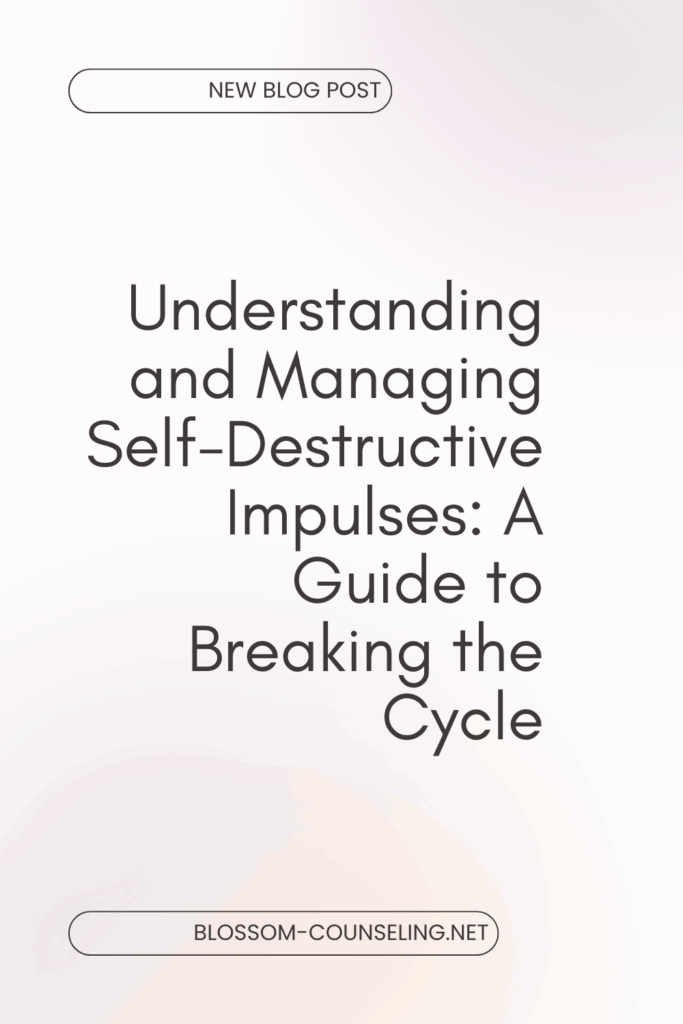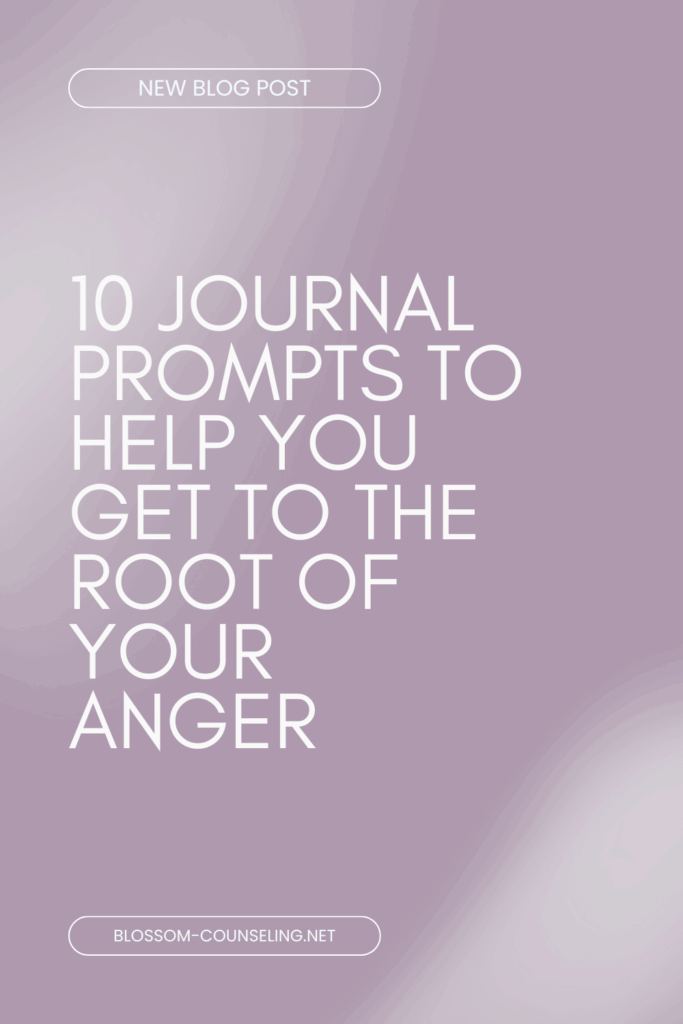Let’s be real—crying in front of someone can feel awkward. Add a therapy room, a box of tissues, and the weight of everything you’ve been carrying, and suddenly you’re in full meltdown mode while someone calmly takes notes. If you’ve ever cried in therapy—or worried that you might—you’re not alone. It’s actually one of the most common emotional releases during a session, and despite what your inner critic might say, it’s not a sign that you’re “too emotional” or “too much.” It’s actually a sign that something real is surfacing.
Why Do We Cry in Therapy?
Crying is a physiological release. It’s what happens when your nervous system has been holding onto tension, sadness, or even relief, and it finally lets go. In therapy, that process often happens because it’s the one space where you’re being encouraged to feel things instead of push them away.
We spend a lot of time out in the world trying to keep it together—at work, in relationships, even with friends. But in therapy, there’s room to let the armor fall off. That’s why people often say, “I don’t usually cry, but I always end up crying here.” It’s not because therapy makes you fragile. It’s because it makes you feel safe enough to be honest with yourself.
What Crying Might Be Saying (Even When You’re Not)
Sometimes tears show up before the words do. They might sneak in during a story you didn’t expect to be emotional. Or they might flood in the moment you finally say something out loud that you’ve been holding inside for years.
Here’s the thing: crying isn’t just about sadness. People cry when they’re angry, overwhelmed, ashamed, grateful, proud, exhausted, or relieved. In therapy, your tears might be saying, “This matters more than I thought it did,” or “I finally feel seen.” Sometimes, they’re just saying, “That was a lot, and I need a second.”
What Your Therapist Thinks About It
Therapists are literally trained to hold space for your emotions—tears and all. They’re not judging you. They’re not uncomfortable. And they certainly don’t see you as weak. If anything, most therapists see crying as a sign of trust, vulnerability, and progress. It means you’re letting yourself go deeper, even when it’s hard. And that’s where real work happens.
You also don’t have to explain or apologize. (Though you can, if it feels good to name it.) Saying, “Wow, I didn’t expect that,” or “This is embarrassing,” is totally okay. But your therapist has likely seen every kind of cry—silent tears, shaky sobs, the “I’m laughing and crying at the same time” kind. It’s all welcome.
If You’re Holding Back Tears in Therapy
Some people feel like they shouldn’t cry in therapy. Maybe you were taught to stay stoic, or you’re afraid of losing control. That makes sense. Crying can feel vulnerable, and vulnerability can feel risky. But therapy is one of the few places where the goal is not to keep everything buttoned up. If you feel the tears coming and want to hold them back, that’s okay too—but it might be worth exploring what makes them hard to let out.
Crying isn’t the only way to process emotions, but it’s a pretty powerful one. And if it happens in therapy, that doesn’t mean you’re failing. It usually means you’re doing something really brave—letting yourself feel in a world that often tells you not to.
So, if you find yourself blinking back tears or reaching for a tissue mid-session, know this: it’s not a sign of weakness. It’s a sign of movement. And in therapy, movement is everything.




